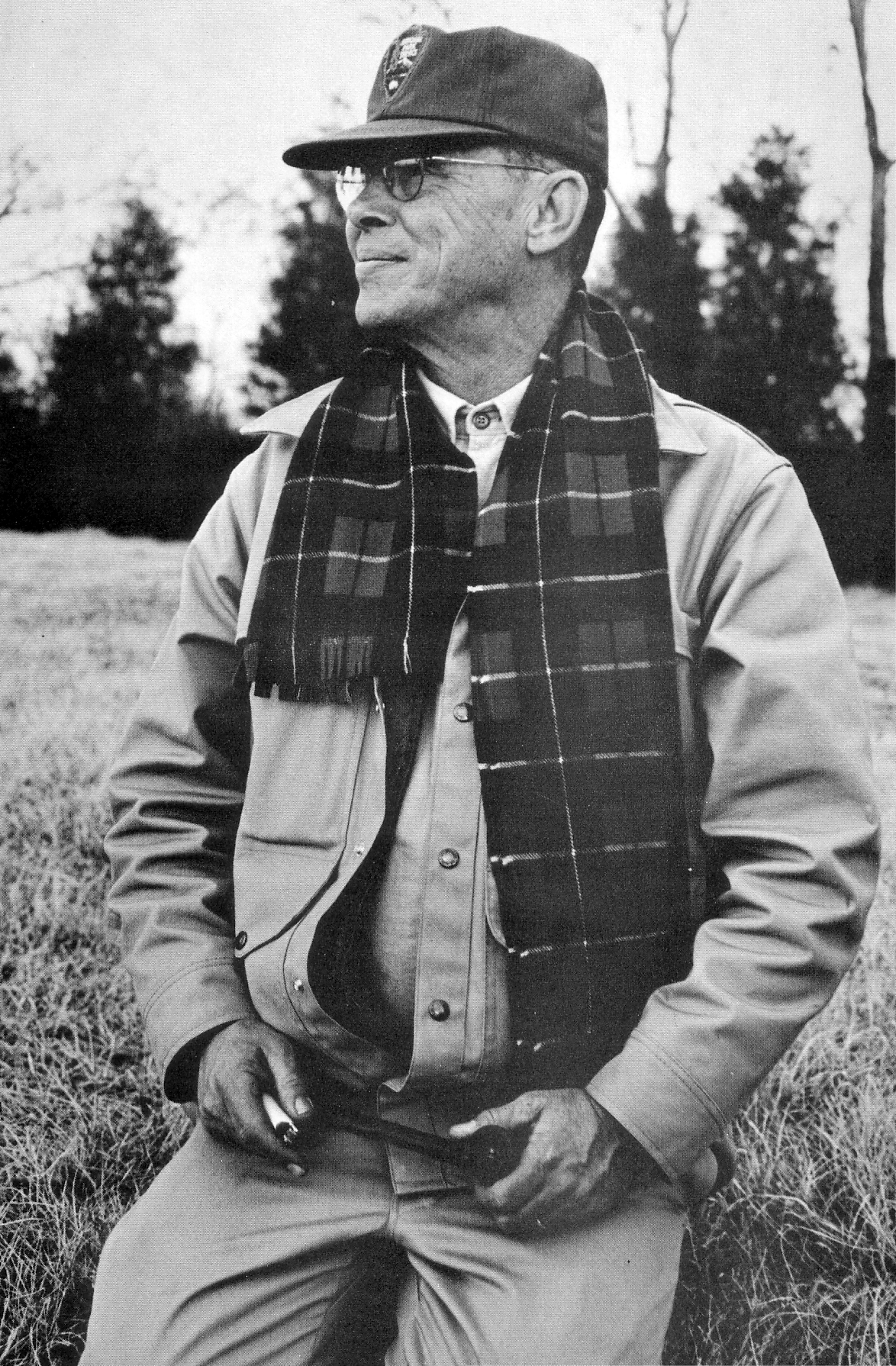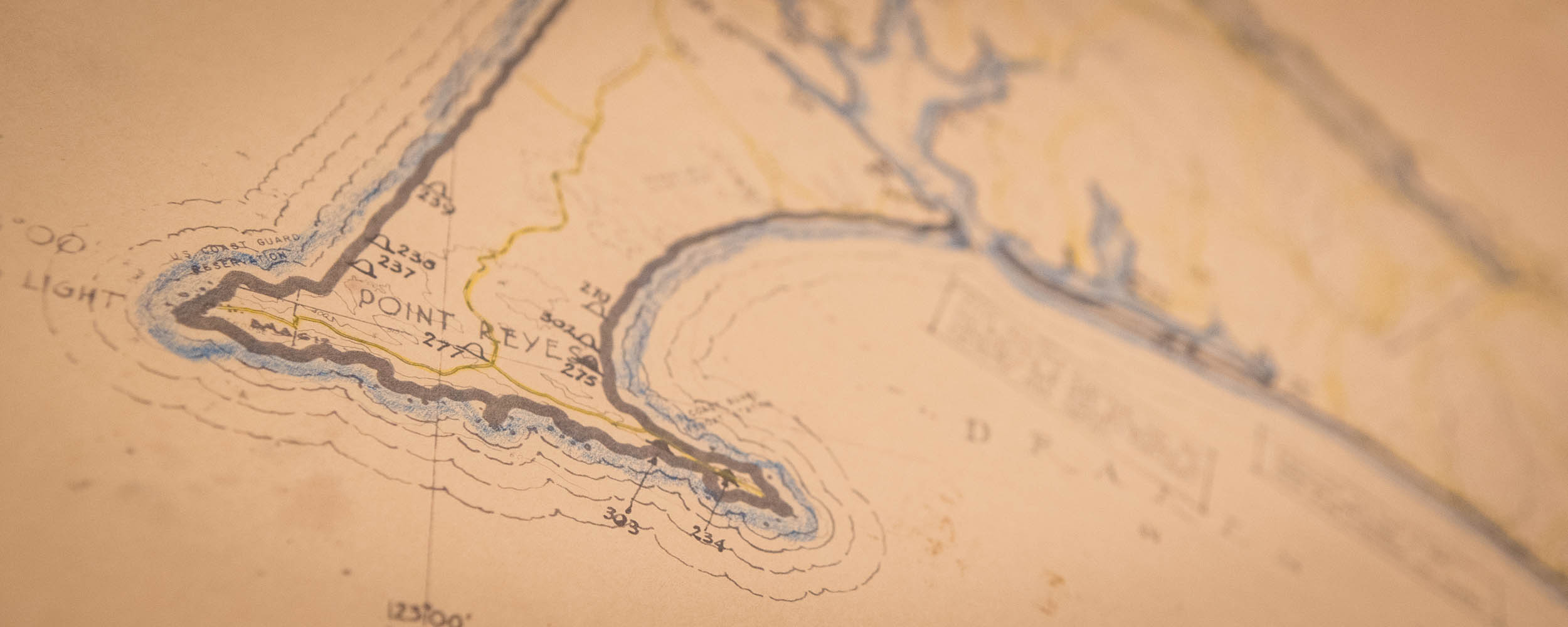A professor who played a formative role in the University of Virginia’s landscape architecture program also left his mark on some of the United States’ greatest national treasures, including the White House, the Washington Monument and Yellowstone National Park.

Professor Benjamin C. Howland
Before joining the UVA faculty in 1975, Benjamin Howland Jr. spent 30 years as a landscape architect in the National Park Service, which celebrated its 100th anniversary on Thursday. Howland’s papers, archived in UVA’s Albert and Shirley Small Special Collections Library, offer behind-the-scenes insight into today’s parks, from Washington, D.C.’s historic landmarks to stunning, carefully preserved landscapes.
Howland arrived at UVA in the first year of the School of Architecture’s landscape architecture program and taught until his death in 1983. Today, an endowed lecture series and travel fellowship commemorate his influence on the program, along with a memorial tree outside the Lawn room that his daughter, Jane, occupied as a student.
“Ben’s unbelievable expertise in connecting theory and practice is a major reason why, 45 years later, our program is in the top five nationally, competing with much older programs,” said Elizabeth Meyer, a professor of landscape architecture at UVA and a former student of Howland’s.
Howland’s legacy also includes droves of students committed to public service, an ideal that he embraced as an architect and as a Marine during World War II, when he met his wife and fellow Marine, Susan.
“He inspired many students to think about public service as well as private practice,” said Meyer, who cites Howland as the inspiration for her decision to teach at a public university. “That commitment to the public realm really came through Ben.”
As the National Park Service turns 100, UVA Today delved into Howland’s papers to learn more about his legacy.
Media Contact
Article Information
August 24, 2016
/content/howlands-papers-offer-inside-look-national-parks-which-turn-100-week

